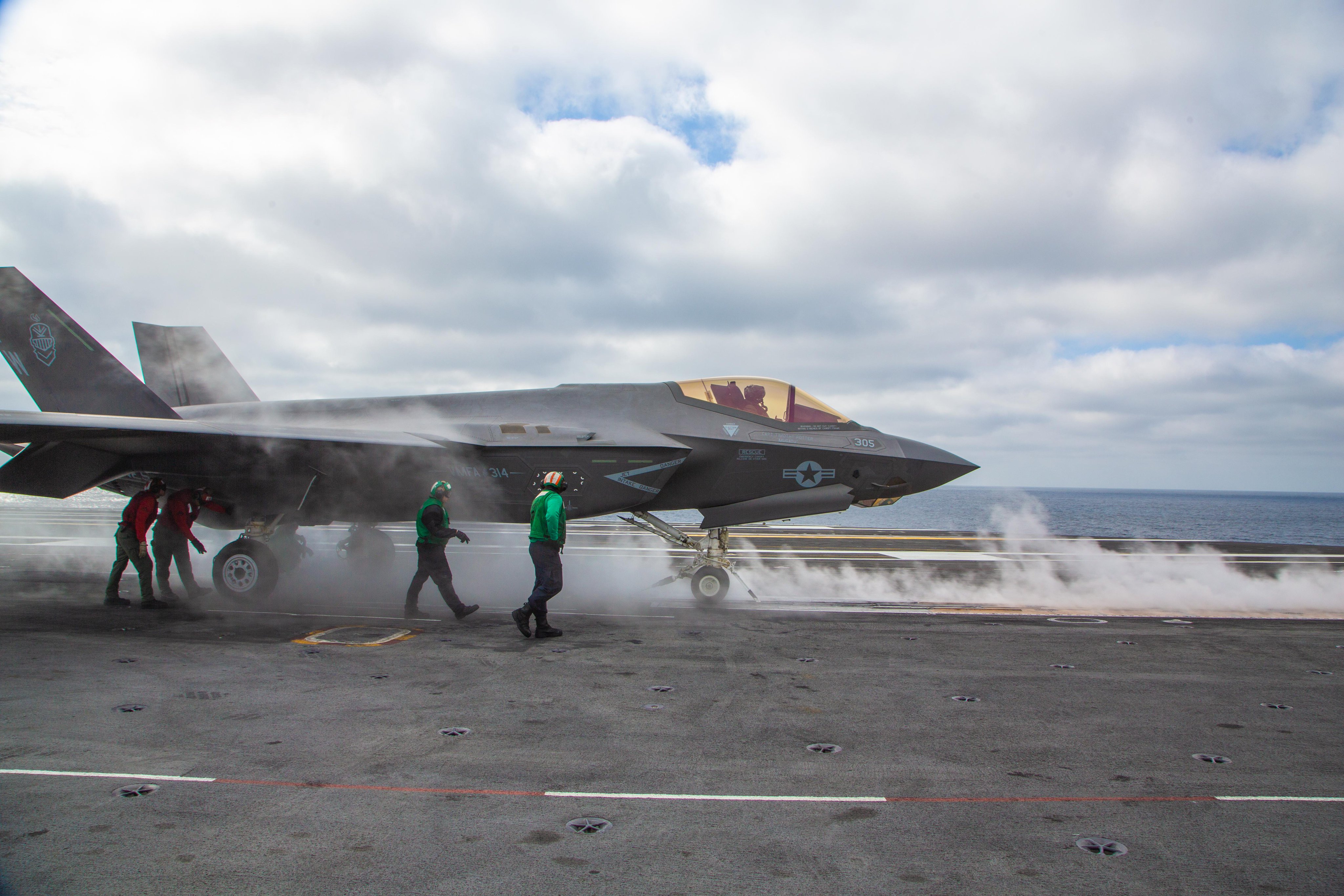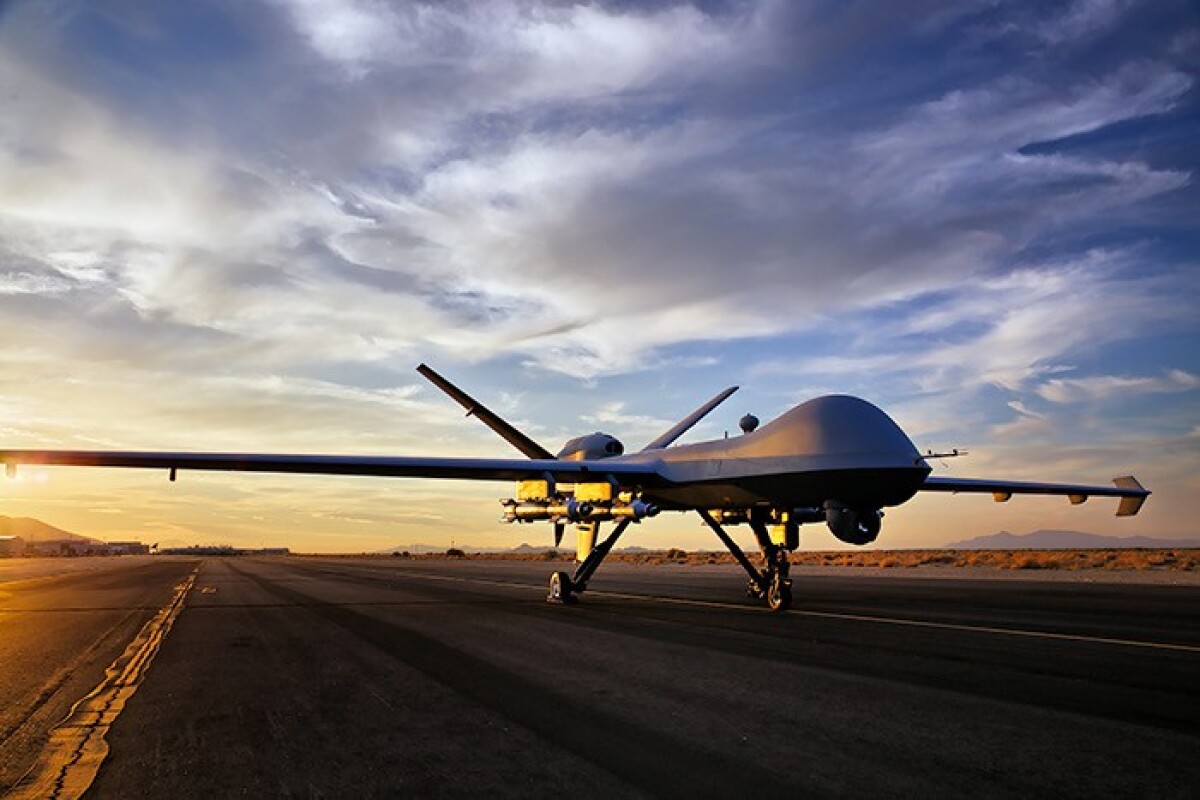The US, the most powerful military power in the world, is expected to remain the biggest stumbling block to China’s expansionist agenda. Even if a direct US-China confrontation does not happen, Washington is bound to ‘protect’ its allies in the Asia Pacific including Japan, South Korea, and Taiwan.
Maintaining a military-technological edge becomes imperative for the US to deny the Chinese PLA any advantage. And a plan has already been chalked out.
With the development of the 6th generation fighter jet, hypersonic weapons, and F-35 already in place, it is now considering retiring old airframes to make space for 21st-century alternatives.

US Air Force Secretary Frank Kendall reiterated the service’s requirements during a panel at Reagan National Defense Forum on Saturday.
“If it doesn’t threaten China, why are we doing it?” he said, while mentioning the retirement of MQ-9 Reapers, the A-10 Warthogs, and older C-130s and refueling tankers as some examples.
These aircraft have played an important role in taking out insurgents in lesser-contested airspaces of the Middle East but might lose their edge in face of sophisticated air defense systems employed by an adversary like China.

US Air Force Chief of Staff Gen. Charles Q. Brown holds a similar view. “It’s really a tough decision of the things we’re going to let go, and how we transition from the current capabilities we have, to get to the capabilities of the future,” he was quoted as saying by Defense News.
Gen. Brown also stressed the need to make space for technological innovations and adapt to a more complex threat environment.
For 20 years, the service had been fighting in Afghanistan and the Middle East, where the anti-aircraft threat was very low allowing it to maintain complete air dominance over the airspace.
A sudden change to a modern, contested environment could spill the beans for the US Air Force pilots. For this, many aerial simulations and war games are being conducted to enhance the training and make game plans for a future conflict.

“We will not have the capabilities for any future crisis and contingencies,” Gen. Brown said. “That concerns me. If we don’t [change], we’re going to lose aspects of our national security because we’re holding on to the past,” he added, in an interview with Defense News.
The retirement of older airframes will also save maintenance costs which can be reinvested in cutting-edge technologies. The US Air Force also highlighted in its budget request for FY 2022 to retire over 200 aircraft including 48 F-15C/Ds, 47 F-16C/D fighters, 13 C-130H transport aircraft, 18 KC-135 and 14 KC-10 refuelers, 42 A-10 Warthogs, and the 20 RQ-4 drones. Also, it plans to shed 16 E-8 JSTARS surveillance and targeting aircraft.
Beijing has already announced its intentions to attain a full-fledged military capability akin to the United States. If things go as per the Chinese plan, this would be the first major challenge to the US dominance globally after the Cold War.
In addition, the situation has already started to go south with repeated threats over the invasion of Taiwan and the assertion of claimed economical rights in the South China Sea.
Interestingly, all the major “concerned” parties regarding China have already begun preparing at diplomatic and military levels. While the “anti-Russian” alliance NATO is already in existence, many “anti-China” alliances are also emerging to counter the growing Maoist influence.
The strongest of these is the Quadrilateral Security Dialogue or the QUAD, which includes the United States, India, Japan, and Australia. Out of these four countries, India maintains diplomatic autonomy and has equally good relations with Russia and Iran as well.
MQ-9 Drones
The US Air Force has already indicated that the MQ-9 will be upgraded in the subsequent years. However, the intention is to eventually begin decommissioning the fleet in 2030 and complete it by 2035.
Many experts urged the service to reconsider its decision, as Reaper is not only critical for preserving US interests in conflict zones like those under Central Command and Africa Command but it can also be modified to new and crucial duties against Russia or China at a low cost.

The USAF wants to retire the older “legacy” platforms to free up money to support the new programs. This is obviously disappointing news for General Atomics’ unmanned aircraft section. The company has other projects in the works, such as the SkyGuardian variant of the Reaper.
The ever-changing battlefield and homeland security environments motivate our objectives in revolutionizing defense technology for the future force. #RPAS #DAS21
Learn more: https://t.co/VV6vyxUJZo pic.twitter.com/FtO8O1pPTX
— GA-ASI (@GenAtomics_ASI) November 17, 2021
In addition, China’s state-run media, Global Times, reported in 2020 that China can easily take down US MQ-9 Reaper drones. A Chinese military expert said that for China, the MQ-9 is unworthy of concern because it lacks stealth capabilities and operates at a low speed and ceiling, making it an obvious target for ground-to-air missiles.
China can easily shoot down US MQ-9 Reaper drones – a type of aircraft that can only bully armed forces without a proper air defense system – should the US send them and launch attacks on China, experts said. https://t.co/DSnMSbzDgh pic.twitter.com/rhCbmBwUQS
— Global Times (@globaltimesnews) September 29, 2020
Global Times further highlighted that these drones could only be deployed to countries with less developed armed forces that do not have adequate air defense capabilities, noting that several US drones have been shot down in past missions.
In 2019, Iran, for example, shot down a US RQ-4 Global Hawk drone, which analysts say, is technically more advanced than the MQ-9. Since 2017, Yemen’s Houthi fighters have shot down multiple MQ-9s.
Why C-130s?
Even as it plans to decrease the total Hercules fleet over the next few years, the US Air Force estimates it can maintain and repair 92 of its oldest C-130 military transport aircraft.
The Air Force confirmed budget estimates to downsize its C-130 fleet from around 300 aircraft to 255 aircraft in the foreseeable future during a Senate Armed Services Airland subcommittee hearing in June 2021.
A 255 C-130 fleet is the "right number" for the Air Force of that particular aircraft, says Lt. Gen. David S. Nahom, deputy chief of staff for plans and programs. Nahom says they're looking for state units who have older C-130s to transition to other missions, such as cyber.
— Oriana Pawlyk (@Oriana0214) June 8, 2021
Lt. Gen. David Nahom, deputy chief of staff for plans and programs, stated that 163 of the 255 would be newer J-models that the service already possesses or is ordering from Lockheed Martin and that 92 older H models would receive necessary upgrades to keep them operational.
In June 2021, he first revealed these statistics at a hearing of the House Armed Services Subcommittee on Seapower and Projection Forces.

Because of its tactical superiority, the C-130 is the airlift workhorse for supply missions all over the world. The C-130 is much more flexible and agile than its larger relative, the C-17 Globemaster III.
However, during a relatively close conflict, C-130s may be vulnerable while transporting supplies or personnel. Rather, the Air Force is considering more innovative solutions, such as a high-speed vertical takeoff and landing aircraft.
- Penned By Ayush Jain & Ashish Dangwal
- Contact the author(s) at edesk@eurasiantimes.com
- Follow EurAsian Times on Google News




